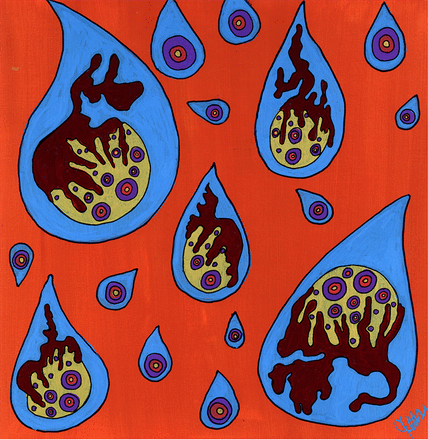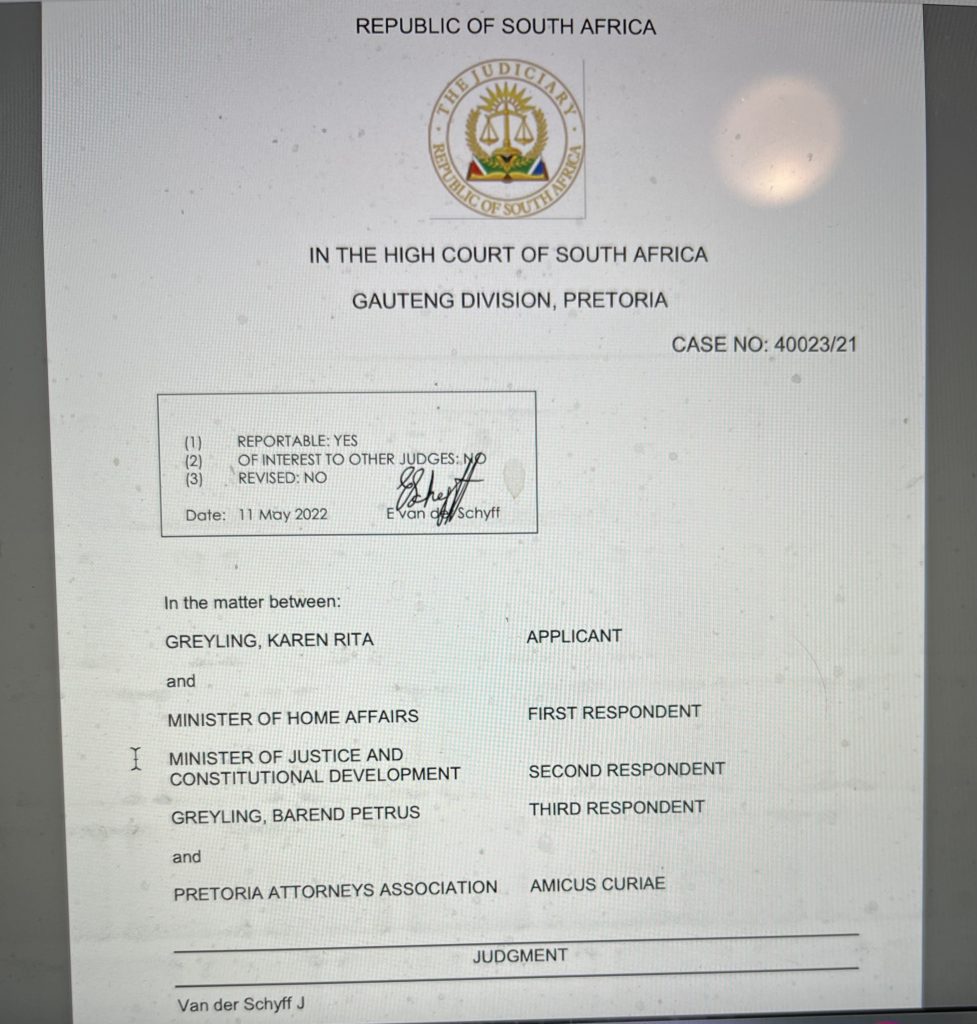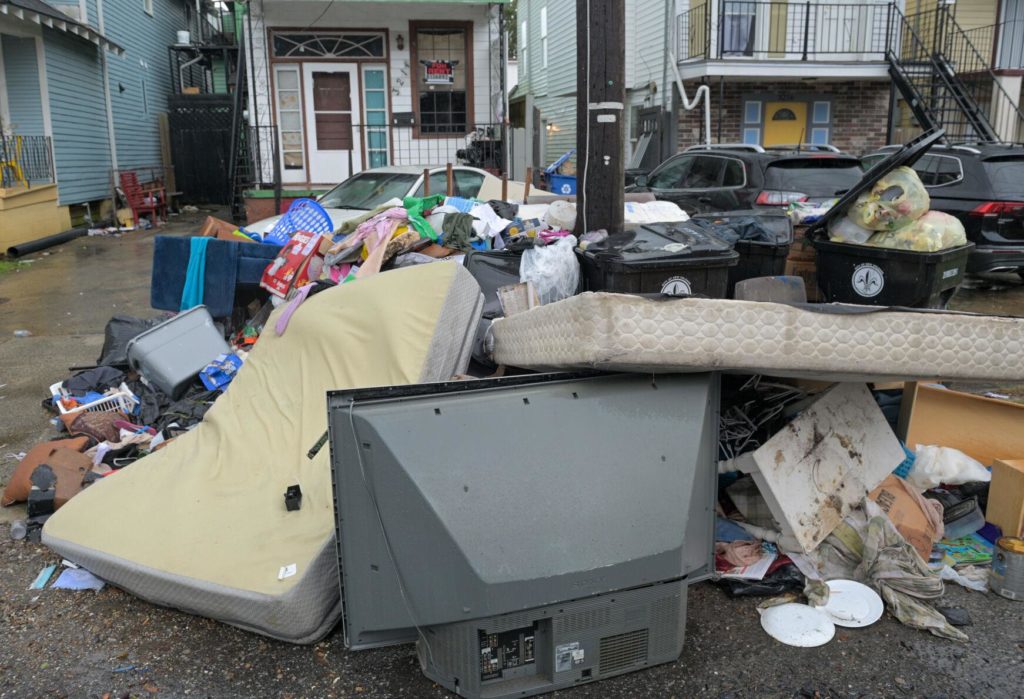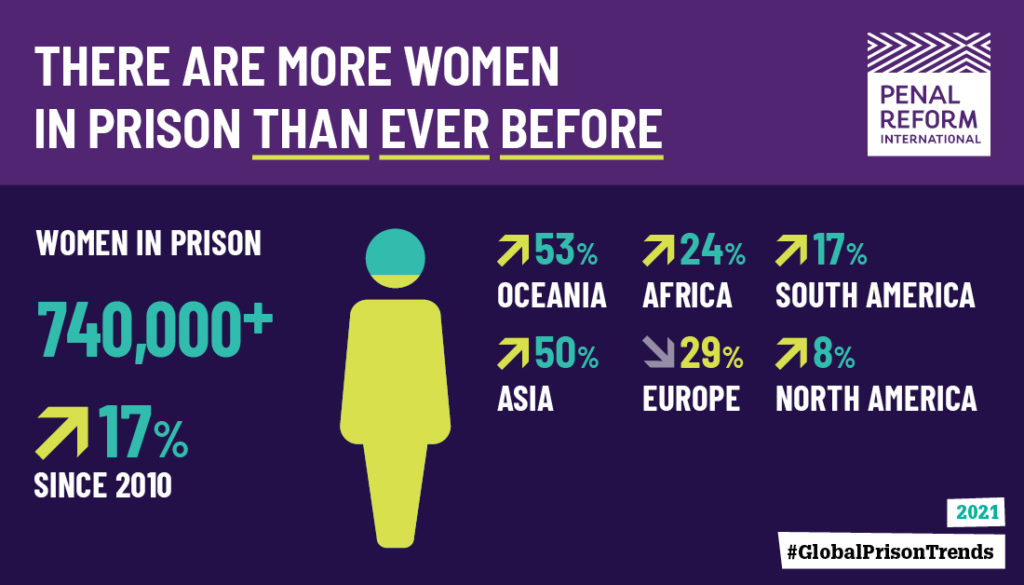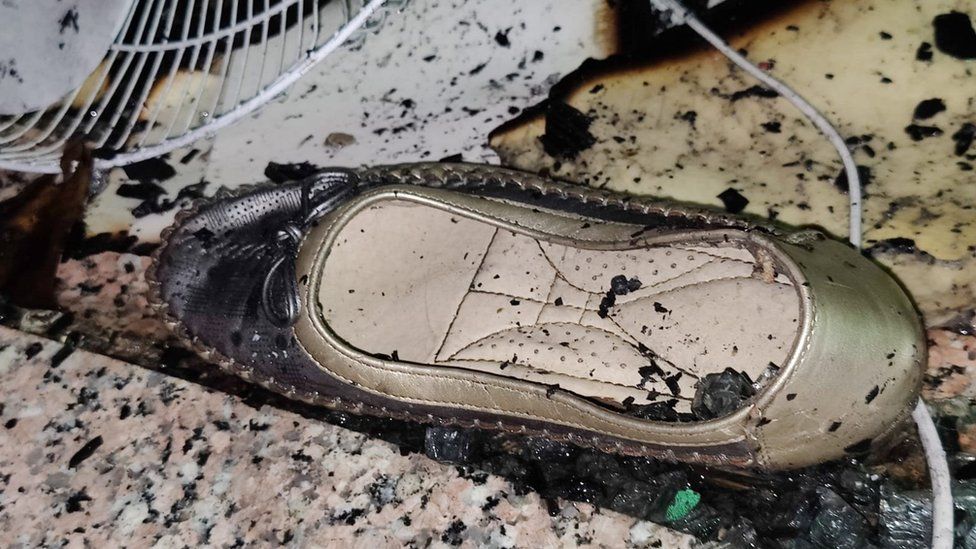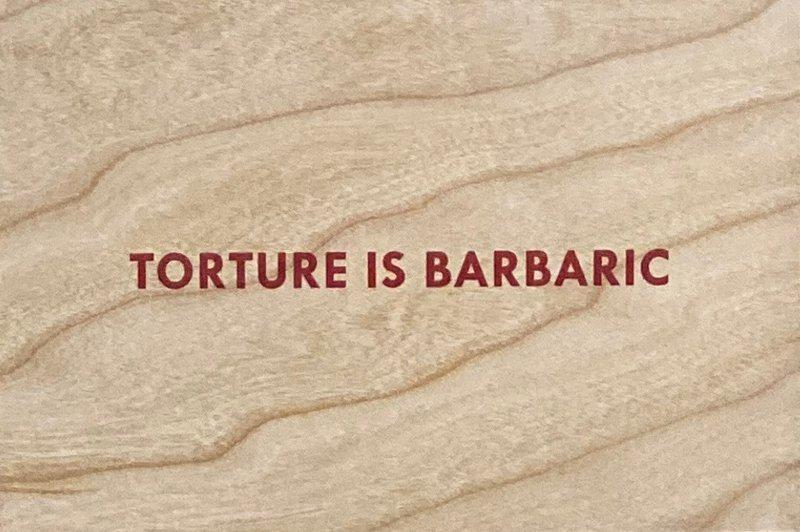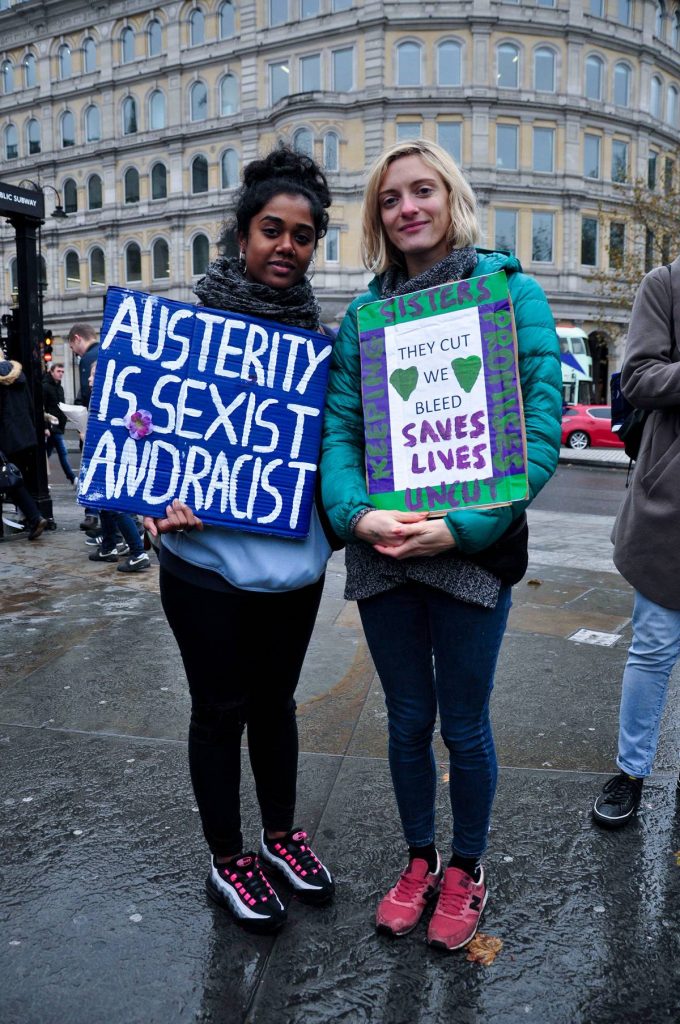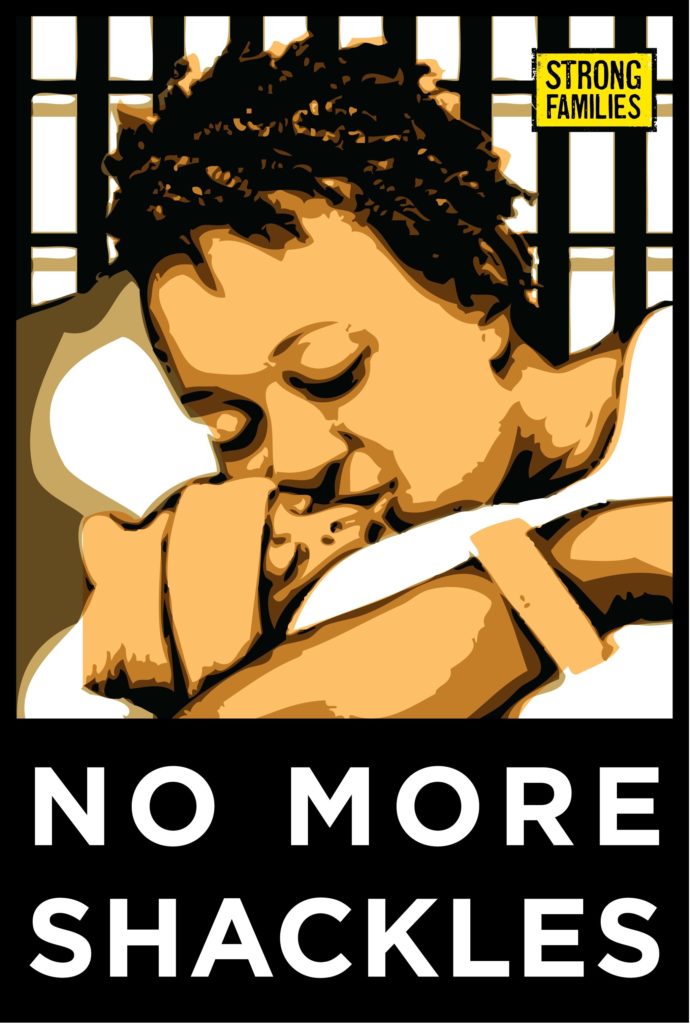
While State cruelty is nothing new, since the advent of neoliberal state practice, the cruelty has become `dignified’ by rendering the objects of the violence both invisible and fully public, through a prism darkly of obfuscating discourse, networked technologies that are both massive and seemingly impenetrable and simultaneously intimately invasive, and a State addiction with policing and incarceration, all in the name of security and something aptly named criminal justice. In the United Kingdom in the past month, this has somewhat garnered attention with the Home Office’s plan to send asylum seekers to Rwanda. Yes, Rwanda. This plan has been referred to as callous and torture. Prince Charles, who is headed for a Commonwealth meeting in Kigali later this month, has called the plan, and the entire direction it betokens, “appalling”, and Prince Charles is certainly someone who knows a thing or two about appalling behavior. While all these critiques are apt, they miss the point. The plan is spectacularly ordinarily cruel, and the cruelty is the point.
From the international perspective, the idea of Rwanda is an extension of the global “safe third country” programme. Trump tried it with El Salvador, Guatemala, and Honduras. The United States still has a “safe third country” agreement with Mexico. Australia tried it with Cambodia, Nauru, Manus Island. Sometimes it’s called “safe third country”, other times It’s called “country of first asylum”, as Europe has `negotiated’ with Greece and Turkey. Whatever it’s called, it means “Don’t come here if you really need help.” Also, whatever it’s called, every iteration has been, on the surface, a screaming disaster … unless, of course, cruelty is the point.
The latest British iteration is marked by deception and investment. The Home Office spent £14,273.32, or $ 17,593.79, to develop “branding and messaging.” The spent an additional £38,000 to £50,500, or up to $109,000, on Facebook and Instagram ads. This is only a partial accounting. All of this in a time of rampaging inflation and government calls for austerity, for “the public good.” The Home Office informed asylum seekers that the United Nations High Commissioner for Refugees was intimately involved and working with the Rwanda plan. That was not and is not true, as the UNHCR has stated publicly.
In its implementation and design, the Home Office refused to consider the particular dangers to LGBTQ+ refugees. It refused to consider the particular dangers to refugees living with disabilities. For those asylum seekers who reported that, due to past trauma as well as the prospect of being shipped off to Rwanda, they were at serious risk of suicide, the Home Office provided a “trauma handout pack”. Here’s their considered advice: “Do a crossword or Sudoku”. “Ask the officers for a job”. “Punch a punching bag”. “Do some colouring or paint”. “Try aromatherapy”. In other words, just die already. Cruelty is the point.
In the past month, reports have shown that, between 2016 and 2021, more than half of the 5,403 incarcerated people in England assessed by prison-based psychiatrists to require hospitalization were never transferred. That’s an 81% increase over the preceding five years. The situation is particularly dire for and prevalent among incarcerated women. Women who should be in treatment are left, often in solitary, at places like HMP Styal, where 18-year-old Annelise Sanderson was sent in the summer of 2020. From the outset, Annelise Sanderson said she was unwell and wanted to die. The staff did less than nothing, and in December 2020, Annelise Sanderson killed herself, or better was executed. According to Shell Ball, a formerly incarcerated woman, speaking of her time at HMP Styal, where, despite being diagnosed with anxiety, depression, PTSD and borderline personality disorder, she never saw a psychiatrist, was never transferred to any medical facility, said, “About 90% of the women in there had mental health issues – most probably that’s why they were in there in the first place.”
In 2020, a woman at HMP Styal endured a stillbirth, in her cell. When she had cried out, saying she was in excruciating pain, she was given two aspirins and told to chill out. Do a crossword or Sudoku. Months earlier, a woman at HMP Bronzefield, England’s and Europe’s largest women’s prison, alone in her cell, gave birth to a child. The child died. In both institutions, self-harm is rampant. No matter. Pregnant women are sent there anyway. Looking at this situation, some ask, “How cruelly they must have been treated. And for what?
From the “Rwanda plan” to HMP Styal and HMP Bronzefield, the message to the vulnerable, to those living with trauma, mental health, grief and sorrow, is as it has been, “Do a crossword or Sudoku, and then just die”. Cruelty is the point. The point is cruelty.
(By Dan Moshenberg)
(Image Credit: Raluca Bararu, “Anatomy of Cruelty” / Artsper)
